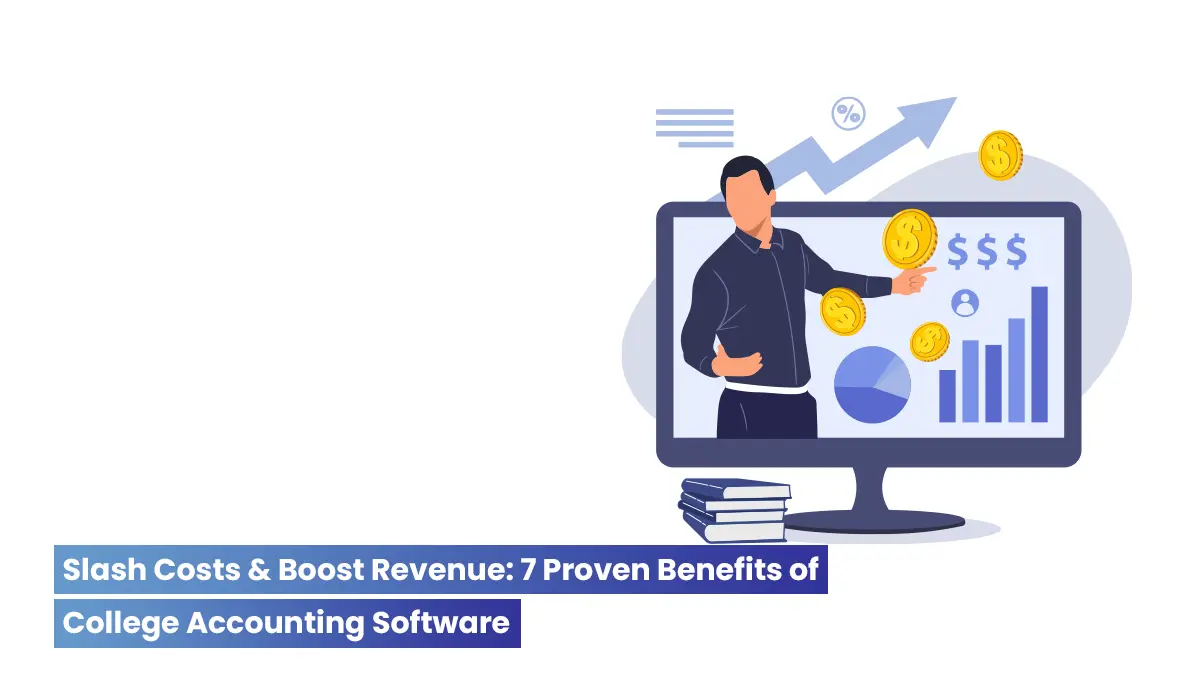6 steps to improve teaching and course quality based on student evaluations

Student course evaluation is purposeful, systematic and careful collection of insightful feedback, conveying the effectiveness and impact of programs and courses that needs a change and improvement.
Improve teaching & learning
Student feedback is critical to identify the strengths and weaknesses of the courses, programs and instruction to drive improvement institution-wide. Course evaluations enable faculty and administrators to measure the classroom experience.
Paper-based evaluations requires substantial allocation of time and resources in the classroom. Moreover, students are unable to contribute thoughtful comments in a short time.
Achieve full potential
The most effective method to maintain high quality response rates is to make automated evaluations and deliver results in quick turnaround time to faculty and students, and develop action plan based on the feedback. Online course evaluations can handle substantive feedback from students.
Students will feel secure
This will dramatically improve student response rates and measure the teaching effectiveness and course quality. Students feel secure about in their gentle and constructive criticisms vital to the improvement of teaching and learning.
Here are the six steps to help institutions enhance performance at all levels through student course evaluation software:
1. Plan
Are you looking to make evaluations easier and aren’t interested in difficult, paper-based feedback? Implement a course evaluation system and begin processing your student surveys quickly and efficiently in a quicker turnaround time. Manage a customized evaluation schedule, add courses, configure survey question/answer formats specific to courses, filter number of items and choose aggregation levels to ensure success in the evaluation process.
2. Collect
The goal of course evaluation is to gather information from students. Course evaluation software allows you to automatically remind instructors to provide assessment data synced to their curricular schedules. Rubrics to automatically calculate and easy to use survey forms to instructors that will support future course planning. A good software can connect assessment activities with collection tools that can aggregate data across campus.
3. Distribute
Save time and money through digital evaluations with customizable questionnaire. Invite participants with various response formats via web, email or mobile app. Choose questionnaires for an entire department, division or specific questions selected by instructors.
4. Capture
It is daunting for institutions to capture feedback, compile results and gather information from students by online or mobile. Course evaluation tools make data collection simple, straightforward and reliable, then use the responded data for reporting and analysis.
5. Analyze
Evaluations allow you to compare performance measures over time, benchmark comparisons between peer groups, comparisons between units or faculty or institutions. Automation of the cyclical activity creates a sustainable evaluation and assessment process which powers your improvement lifecycle.
6. Improve
Dashboards shows quality indicators as graphs or charts and target values. Align course learning activities/grading with Course Learning Outcomes (CLO). Browse results and identify quality problems and develop course evaluation/grading measures. Determine if a measure is comparable to the validated standards.
The main aspects considered during evaluations are relevance, efficiency, efficacy, utility and sustainability. Course evaluation solution is used to improve the quality of teaching and learning through feedback to both individual faculty members and promotion committees. Students will feel secure as it gives anonymity on each and every evaluation they take. Student responses also serve as one measure of the quality member’s teaching that is used to evaluate faculty for promotion and tenure.



